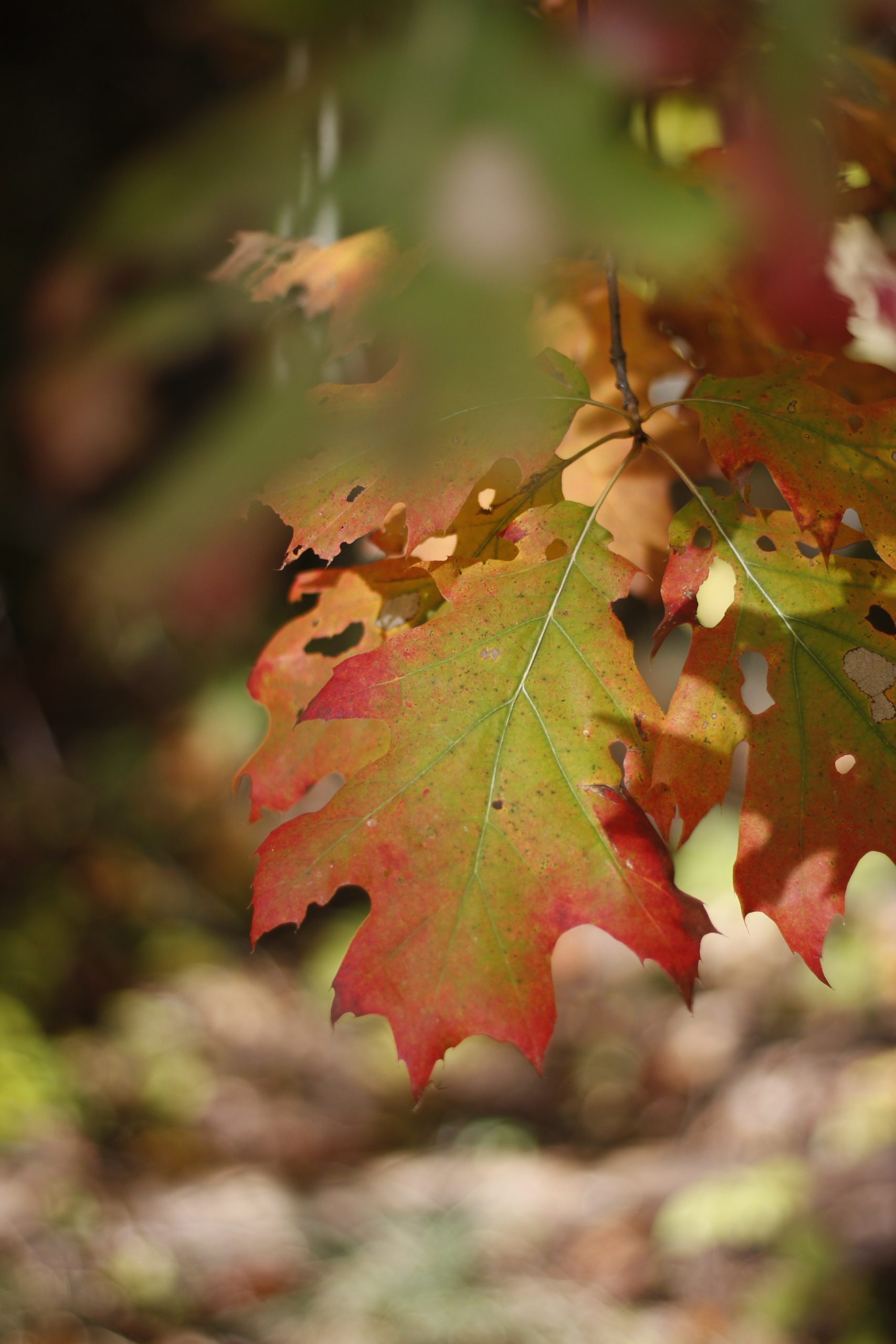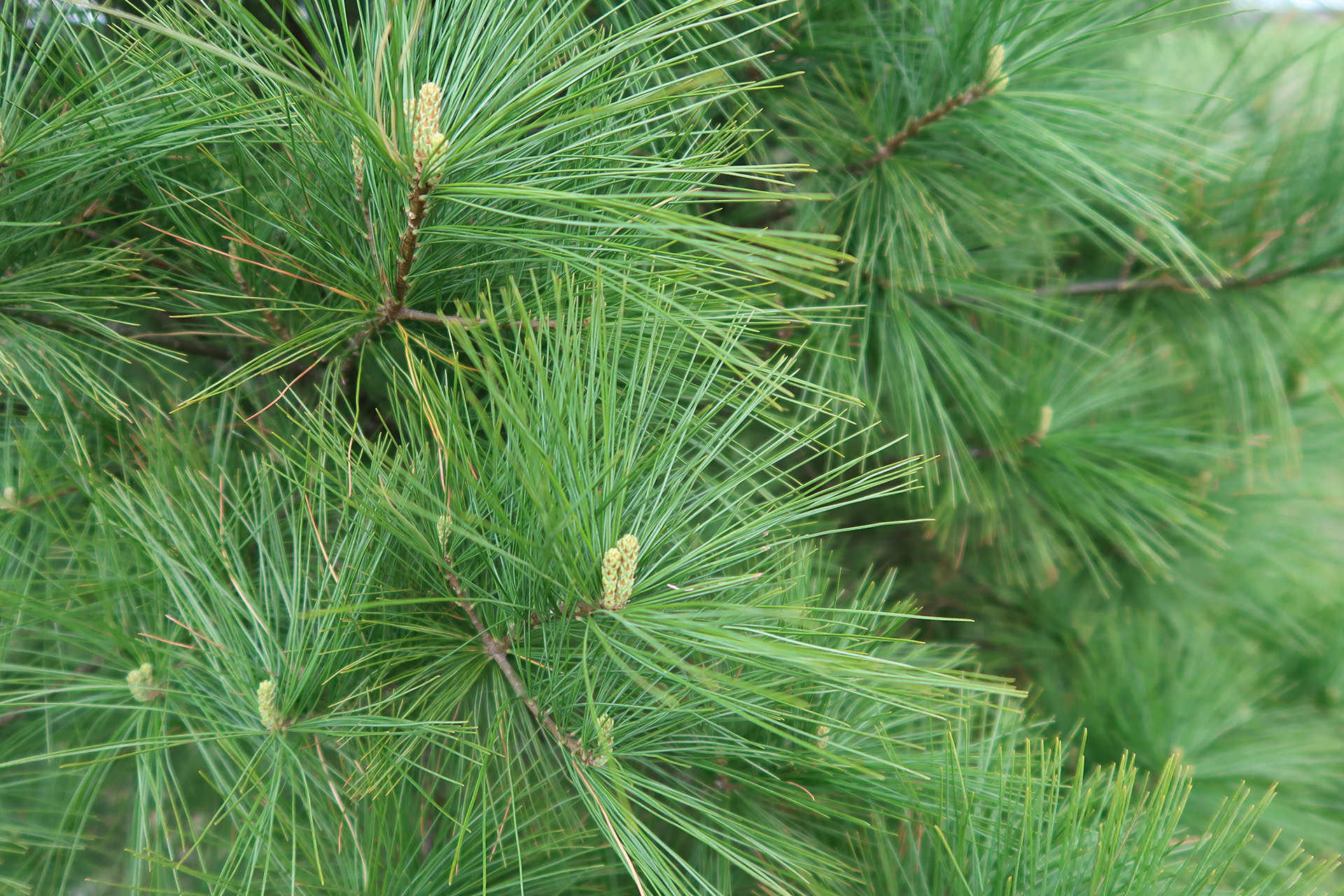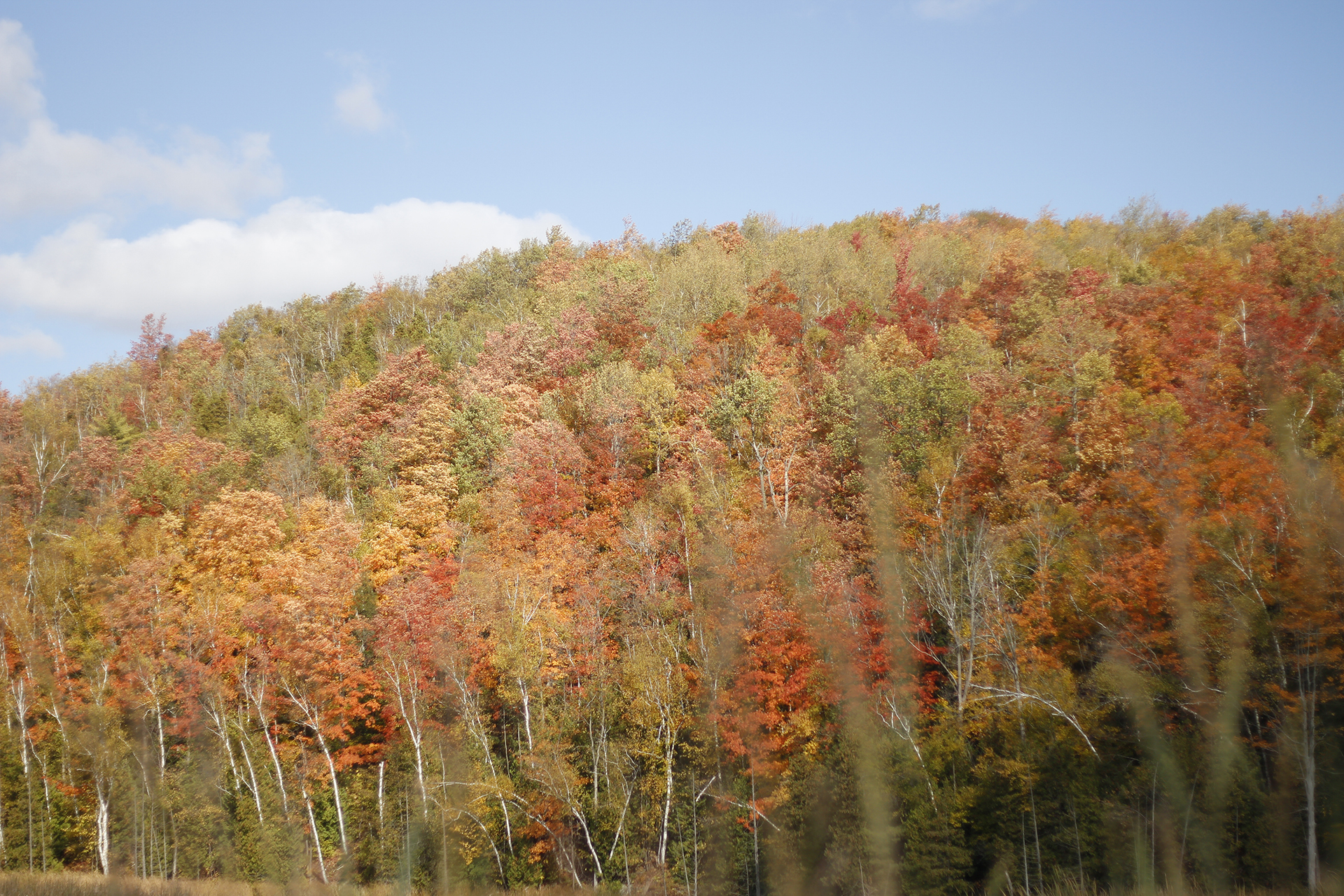| Membership | Price (+HST) |
|---|---|
| Single | $85/year |
| Single Plus | $120/year |
| Family | $130/year |
| Family Plus | $175/year |
| Contributing | $300/year |
| Supporting | $600/year |
| Sustaining | $1,000/year |
| Benefactor's Circle | $2,500/year |
| Director's Circle | $5,000/year |
| President's Circle | $10,000/year |
All About Fall Colours
By Iona Whatford, Garden Interpreter, Royal Botanical Gardens.
Fall is often celebrated for its cozy temperatures, yummy foods, and of course, colourful fall foliage. Beautiful mixes of yellows, oranges, reds, greens and browns create show-stopping landscapes for all to see. Have you ever wondered why these colour changes occur? Keep reading to find out!
Some trees lose their leaves in the fall to prepare and protect themselves for winter. Tree leaves provide food and water for the tree through photosynthesis, taking carbon dioxide and water and turning that into a mix of oxygen and glucose, which is used as energy. However, in winter there is not enough light or water for some types of trees to retain their leaves. Keeping leaves in the winter can actually harm the tree. If the leaves freeze, it can cause damage to the branches and trunk system. For this reason, many trees use up or move their store of energy from their leaves and allow them to die.

This is where the colour comes in. The process of photosynthesis occurring in the leaves in the spring and summer masks the true colour of the leaves. Chlorophyl absorbs light for photosynthesis and is the pigment that makes leaves a bright and fresh green colour. When the tree slows or stops photosynthesizing, the chlorophyl dies off and other colours in the leaves are visible.
The colour of each tree’s leaves is determined by its species. Some tree species, like Tamarack or Tulip Trees, contain carotene and xanthophyll pigments which make their leaves yellow and orange. Trees like the Red Maple or Scarlett Oak have glucose trapped in their leaves after they’ve stopped photosynthesizing, which produces anthocyanins, revealing beautiful bright reds and purples. Brown leaves occur in some trees that channel waste, or tannins, into leaves (did you know that trees excrete waste?) which often appears brown in colour.


Of course, not all trees lose their leaves in preparation for the winter. Evergreens often have thick, waxy leaves that can withstand harsh winters, and will not freeze in low temperatures. Evergreens will still prepare for the harsh winter months through disposing of some of their leaves, channeling their energy into the leaves they need, and disposing of extras. Trees like Eastern White Pine or White Spruce will stay green during the winter, but they will have fewer needles than the summer months.

If the colour of leaves depends on the species of tree, you might be wondering why fall foliage can be bright and colourful some years, but dull and muted in others. This is because of the weather. Dry, long summers mixed with sunny, cool fall days will produce brighter fall foliage because the sunlight helps the trees produce more of the colour-creating compounds (carotene, xanthophyll, anthocyanins, and tannins) in their leaves before they die. Wet, shorter summers and cloudy, warm fall days prevents the leaves from having the sunlight they require to produce enough of the colourful pigments, making the fall foliage appear dull and muted.
Whether the fall foliage is bright or muted, make sure you spend some time outside enjoying this cozy and colourful season appreciating all that our trees have to offer!

More from the RBG Blog
Check out RBG’s blog for announcements, articles, and more from Canada’s largest botanical garden.
Want to be sure you hear first? Sign up for our weekly e-newsletter to hear about upcoming events, weekend activities, articles, and more!












